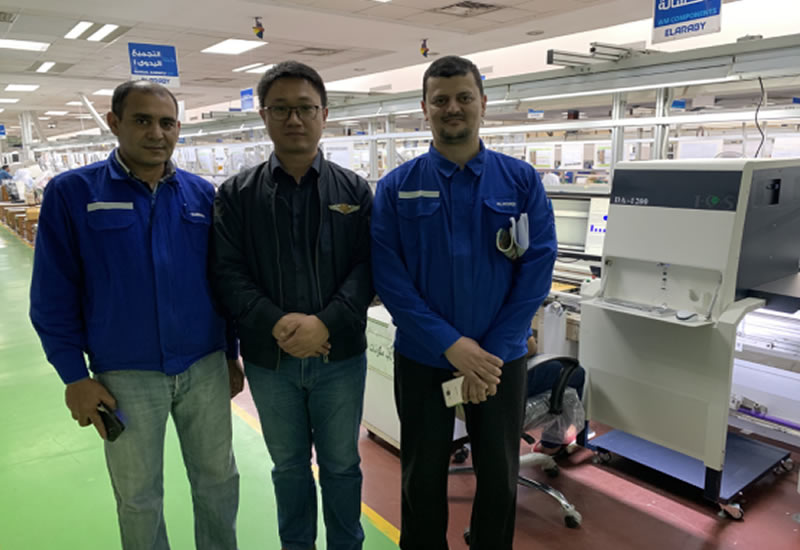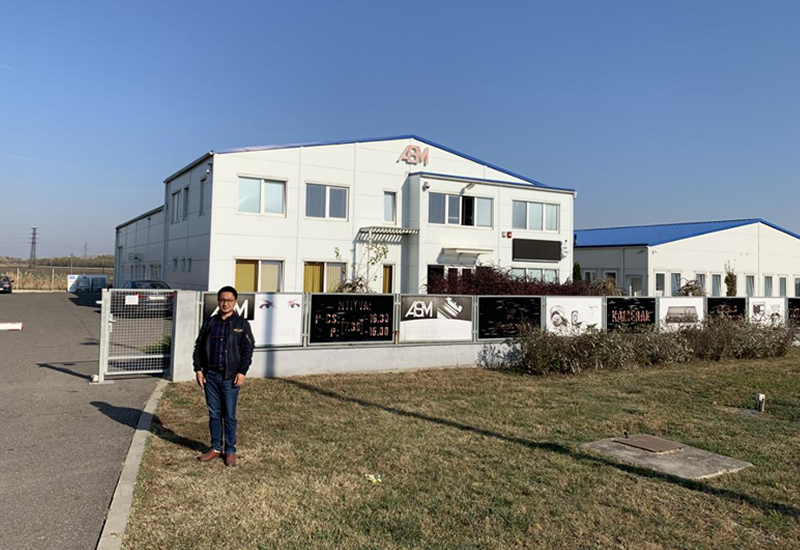
With the progress of human civilization, people's environmental awareness is gradually increased. Protect the natural environment, reducing industrial pollution, has been more and more attention. SMT (surface mount technology) production as a part of electronics manufacturing, but also inevitably the existence of the problem. At present, some research institutes in developed countries are carrying out research in finding solutions to pollution problems SMT production ways and means, so that the direction of SMT production to green development, including lead-free solder is one of the key issues.
In the SMT production process is currently widely used is the Sn-Pb solder, including lead content of 40% or so. Lead is a toxic metal known to all, will cause considerable human and the environment a huge impact. In order to eliminate lead contamination, lead-free solder has become inescapable. Lead-free solder research objectives - study of lead-free solder should have with the Sn-Pb solder system, much the same characteristics. Specific objectives are as follows:
Toxicity weak impact on the environment is smaller. The melting point should be with the Sn-Pb solder system, the melting point (183 ℃) close, should not exceed 200 ℃. Lower cost, good conductivity. Mechanical strength and thermal fatigue resistance with Sn-Pb solder system, much the same. The preservation of the stability of solder better. Can use existing equipment and process conditions for installation. To ensure good wetting and installation of mechanical reliability. After the welding points, welding repair easy and should have good electrical reliability.
Research Status of lead-free solder - the main component of lead-free solder is tin, melting point is 232 ℃, with other metals such as silver, bismuth, zinc alloy system formed.
Sn-A g Lead-free solder melting point of 221 ℃, with the Sn-Pb solder system, a lot of cases is closer, more have applied. In the Sn-A g system, the appropriate adding some copper, in addition to the melting point decreased, but also improve the reliability of the welding. Sn-A g, as the Department of the greatest characteristics of lead-free solder is the thermal fatigue resistance is superior to Sn-Pb solder system. Used in the request occupies a long-term reliability of the machines in the most appropriate. Sn-Pb solder as an alternative to using the system, Sn-A g Lead-free solder melting point of the main problem is high, another with the Sn-Pb solder system was also higher than the cost.
Sn-Zn Lead-free solder's tensile strength, initial strength, prolonged strength of change than the Sn-Pb solder system is superior, scalability also Sn-Pb solder system has the same value, also, Zn toxicity is also weak, the cost of is also low. If the mechanical strength from the solder alloy, melting point, cost and toxicity considerations, Sn-Zn Lead-free solder alternative to Sn-Pb solder system was suitable. However, Sn-Zn solder system there are also shortcomings: Zn stability, good, easy to oxidation; need Business Card use an effective flux.
Sn-Bi Lead-free solder is characterized by low melting point, for those with poor heat-welding of electronic components beneficial to the other lead-free solder Sn-Bi system the preservation of stability, Ye Hao, can be used with substantially the same Sn-Pb solder flux in the atmosphere in the welding, wetting no problem. Sn-Bi Lead-free solder is the inadequacy increased with the amount of added Bi, so that solder has become hard, brittle, processing performance, a significant decline in the reliability of bad welding. Therefore, dosage must be controlled to the extent appropriate.
So far, a satisfactory alternative to Sn-Pb system solder lead-free solder has not yet appeared, there have been a lead-free solder there one way or another problem. Lead-free solder need to continue to study improvements to gradually improve performance to meet the reliability requirements of electronic products. But one thing is certain, with further in-depth studies as well as the environmental protection requirements, will replace the lead-free solder Sn-Pb solder.







0 Comments